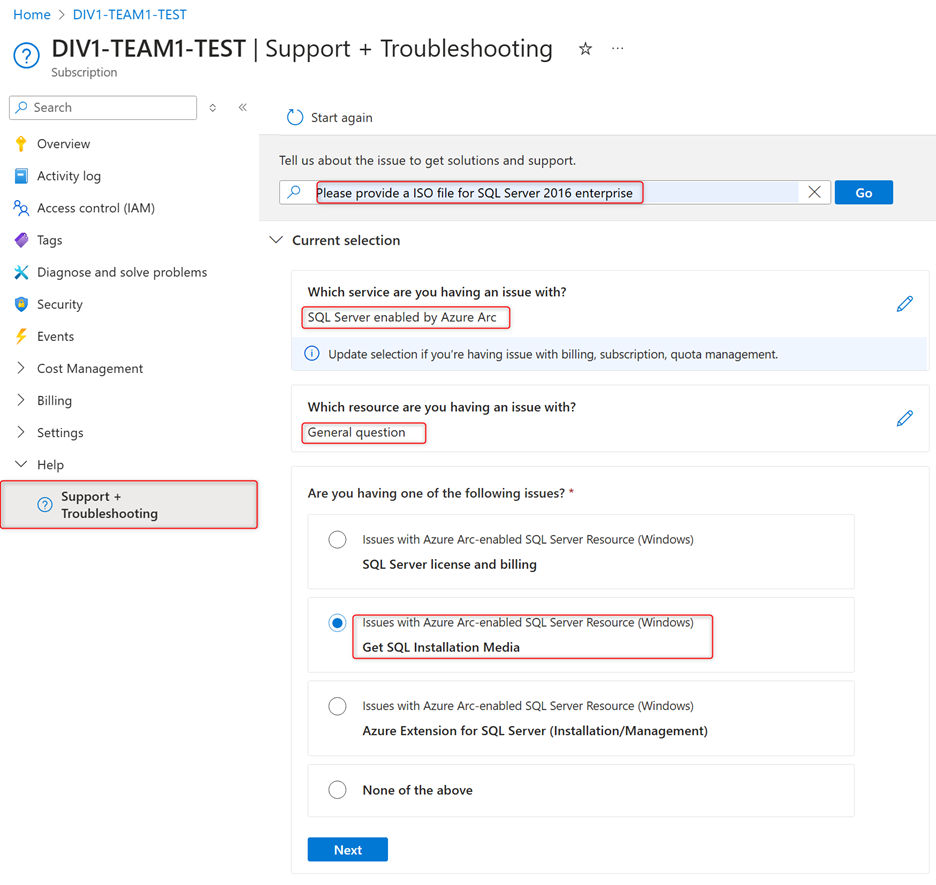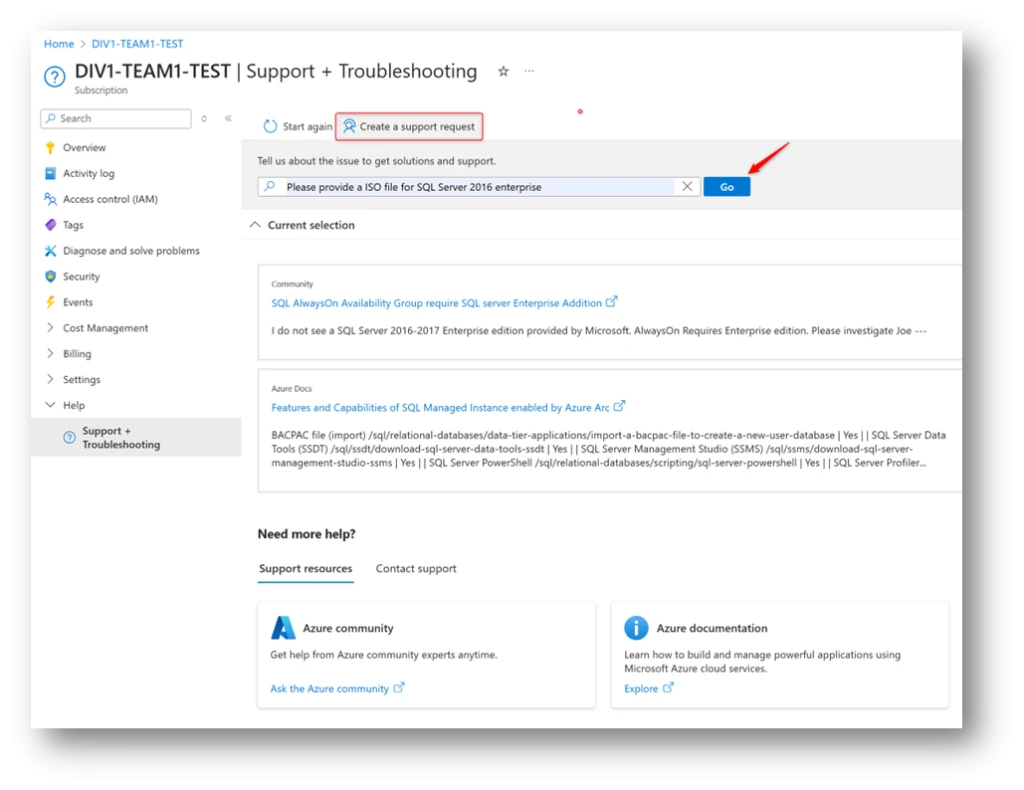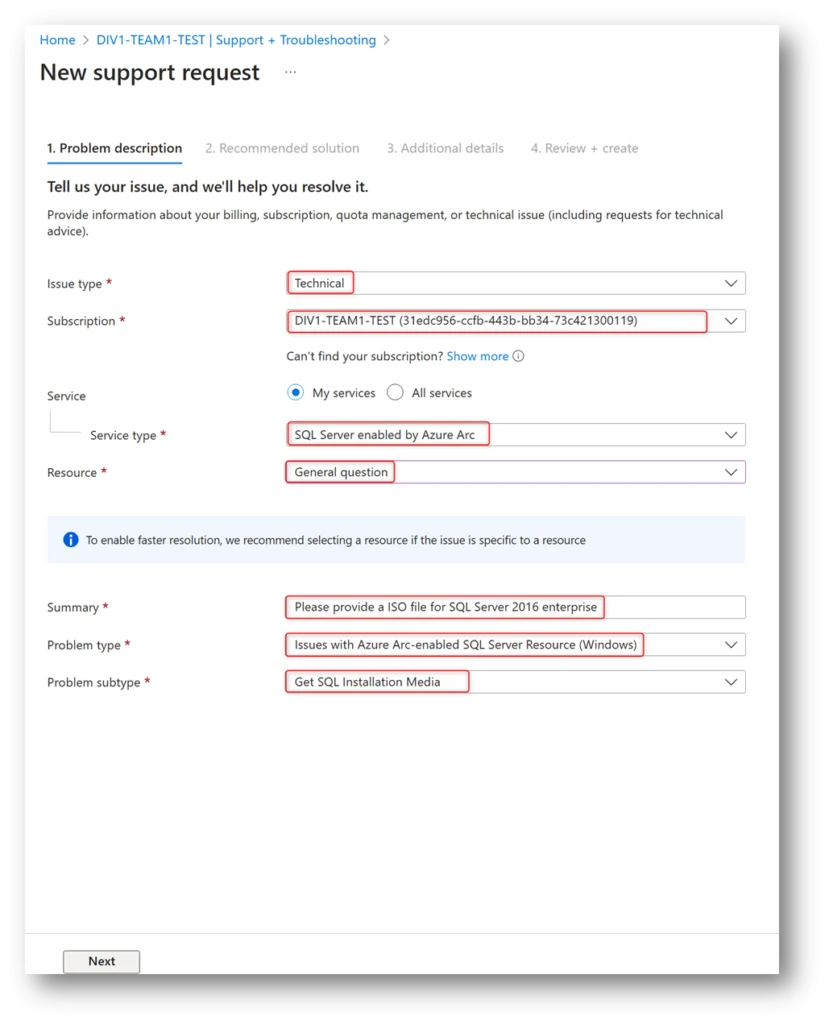Save money on Microsoft SQL Server licensing with Microsoft Azure Arc
As customers execute their multi-cloud strategy, the deployment of SQL Server across multiple cloud providers becomes a critical factor due to the pivotal role SQL Server plays in many enterprise applications. Managing the costs and compliance in a multi-cloud environment can be tricky, however. Oversights and mismanagement can occur due to duplicate or extraneous licensing, multiple vendor contracts, or simply an overwhelming number of cloud and virtual machine (VM) management tools. We’re taking steps to simplify deployment and cost management in multi-cloud environments by using a modern pay-as-you-go subscription for SQL Server software running on any cloud provider.

Monitor SQL Server enabled by Azure Arc
Simplifying deployment and cost management in multi-cloud environments.
The traditional method of paying for SQL Server is buying license and software assurance. Now, you can connect your SQL Server to Azure Arc and pay only for the hours when your VM with SQL Server is online and your SQL instance is active. For the pricing information, see SQL Server 2022—Pricing | Microsoft.
While SQL Server 2022 integrates a pay-as-you-go billing option in the setup, the older versions require a product key to install any production edition. This blog provides instructions on how to install a pay-as-you-go image of any SQL Server version starting from SQL Server 2012 without purchasing a license and providing a product key.
The process in a nutshell
The deployment of a pay-as-you-go image on a virtual or physical machine running in any cloud, edge, or on-premises datacenters consists of three steps:
- Installing the prerequisites on the target machines
- Creating a support ticket with Microsoft Azure to request and download a pay-as-you-go image
- Running the installation script
Prerequisites
Make sure your target machine meets the following requirements.
On target VMs:
- Windows Server instance is running, and you have a local administrator account.
- Azure PowerShell is installed and updated.
- For SQL Server version 2014, you will need to install .NET. For more information on this prerequisite, visit here.
- You have a remote desktop connection to connect to Windows Server as a local administrator.
- You copied the script from here to a local folder. Follow the download instructions in the readme file.
- Important: If your target VM runs Windows Server 2016, you must make sure that your Transport Layer Security (TLS) configuration is compatible with Azure. Follow the instructions in the readme file on how to mitigate the TLS version issue on Windows Server 2016.
On Microsoft Azure:
- You have an Azure account, subscription, and a target resource group.
Opening a support ticket
You can open the support ticket using a Support + Troubleshooting entry from the subscription which the newly installed SQL Server instance will be connected to. The following screenshots illustrate the flow. Make sure to use the answers as highlighted in the screenshots.



After you complete the support ticket creation process, Azure support will email you a private link to a workspace with the zip file you need to download.
Download the file to the VM where you want to install SQL Server, and unzip it to the same folder that contains the installation script.
Note: For SQL Server 2012 and SQL Server 2022 images, the keys are not required, and the .zip file will contain only the ISO file. For other SQL Server versions, the .zip file includes a product key and the ISO file. The script will recognize these differences.
Running the script
Follow the instructions in the readme file on how to launch the script. An Azure sign-in screen will prompt you to enter your Azure credentials or identify the account you’re already signed into. After this, the script proceeds unattended to carry out the following steps:
- Installing Azure PowerShell modules if they’re not already installed
- Logging into Azure with your assistance
- Onboarding the VM to Azure Arc
- Installing SQL Server on the Windows Server from the file you identified in the previous step
- Mounting the ISO file as a volume
- Installing SQL Arc Extension with a pay-as-you-go license type
- Displaying the status of the Azure resource for the connected SQL Server Instance
Disclaimer: The script has been tested on several combinations of VM products available on AWS and Google Cloud Platform with different versions of Windows Server and SQL Server, but it is not specific to these platforms, and you are welcome to try it on other clouds.
Supercharge SQL Server with Azure Arc
You can use this process to streamline the installation of pay-as-you-go images of SQL Server versions and editions of your choice to machines across different clouds, on-premises datacenters, and edge. By doing so, you can maintain control over the SQL Server compliance and optimize the cost based on the resource’s utilization.


